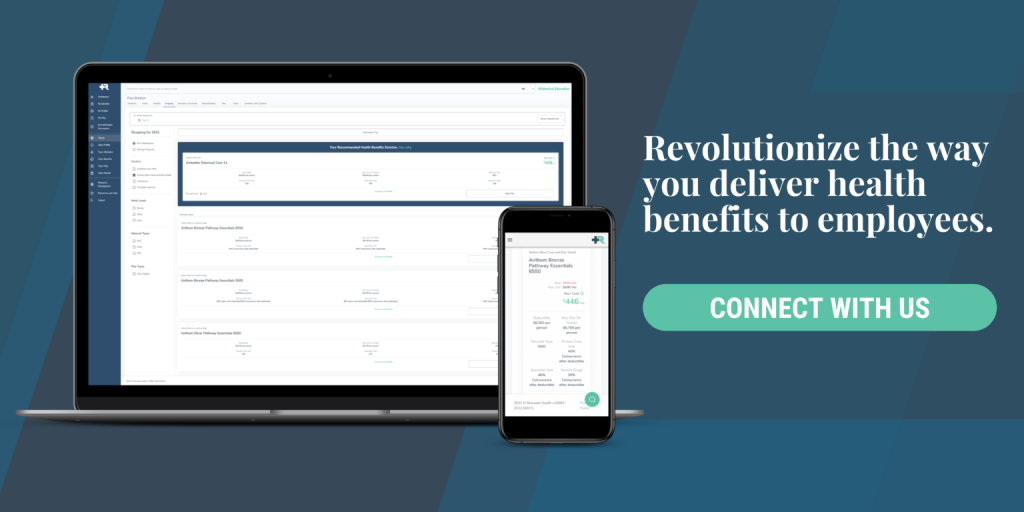Nothing can feel scarier than “what ifs” in life, especially when it comes to our healthcare. Unfortunately, the healthcare system is so confusing that we rarely feel certain of anything. If you’ve ever been worried about “losing” your doctor, this is for you!
1. Call ahead to confirm details
Whether you have the same insurance carrier or a new one, details change all the time. Way too often, we go to a doctor or medical facility before actually knowing anything about it: Is the facility in-network? Is the doctor at the facility in-network? What are the expected charges? The list of questions can go on.
The best way to confirm the details is to make two calls:
- First, call your insurance and talk to someone. Online databases sometimes have bugs and don’t get updated as quickly as backend systems used by support teams. Your insurance carrier will be able to confirm provider info.
- Second, call your doctor. What insurance they accept changes regularly, so make sure your insurance is accepted. If it’s not, confirm they accept self-pay patients. Something else you can do is confirm the cost of the visit before you go, so you won’t be surprised by any hidden charges.
2. Tell them you are “self-pay”
If your doctor is out-of-network, you can still schedule an appointment. When you arrive and check-in, they will ask for your health insurance card as a standard procedure. However, you can let them know you are self-pay.
Self-pay means you will be the “sole guarantor” of the bill (the only one responsible to pay). When you call in ahead of time to confirm they accept self-pay, be sure to get the name of the person at the office so they can help clarify if there is any confusion. From there, you will have your visit and will be sent a bill directly, which is usually due within 30 days.

3. Negotiate your bill down
The first number is almost never the final number when it comes to medical bills. Don’t ever pay what they quote you on for that initial bill! Make sure to look at your invoice and call the billing or financial aid department of your doctor’s office (not your insurance company). Once you get through, let them know you’d like to talk about payment plans and how much they will discount the bill if you pay it all now. Almost always, this is where they will offer you the discount. Please note, this is not letting your bill go into collections like “credit card settlement” companies do. This is simply talking to the right person to get the best possible price.
4. Use your FSA or HSA dollars
But how do you find the cash to pay your negotiated bill? This is where dollars in a Flexible Spending Account (FSA) or your Health Savings Account (HSA) become incredibly useful. As long as your account has a high enough balance, you can use that money to pay the bill.
Pro Tip: If you have an HSA plan, you can make additional contributions throughout the year up to the IRS max. Therefore, if you incur a medical bill midyear, you can “pass” your cash through your HSA to prevent it from being taxed.
5. Get a strong referral and do research
In certain cases, going to your old doctor just isn’t viable anymore. Whether it’s due to an odd network issue or self-paying is too expensive, sometimes you will simply need to change. If this is your situation, your first step is to ask your old doctor for a referral. Doctors often have strong local networks of colleagues they can vouch for. Additionally, just like doing online research for your next big consumer purchase, you can do this with doctors now too! Healthgrades offers ratings and reviews similar to Amazon so you can make an educated decision based on quality, transparent information.

